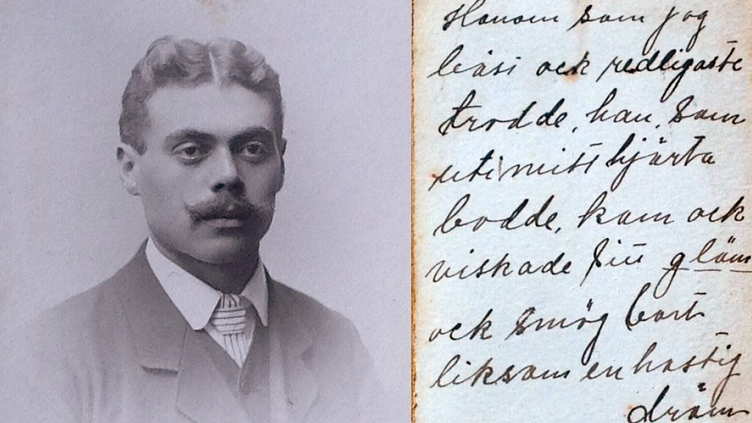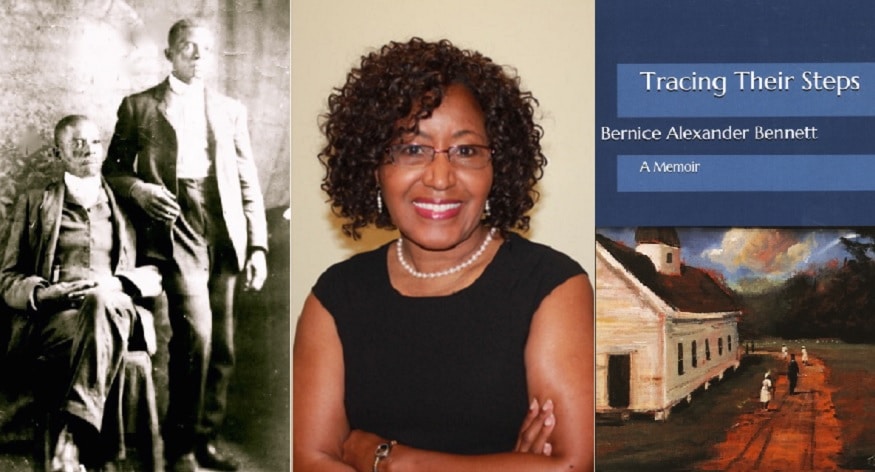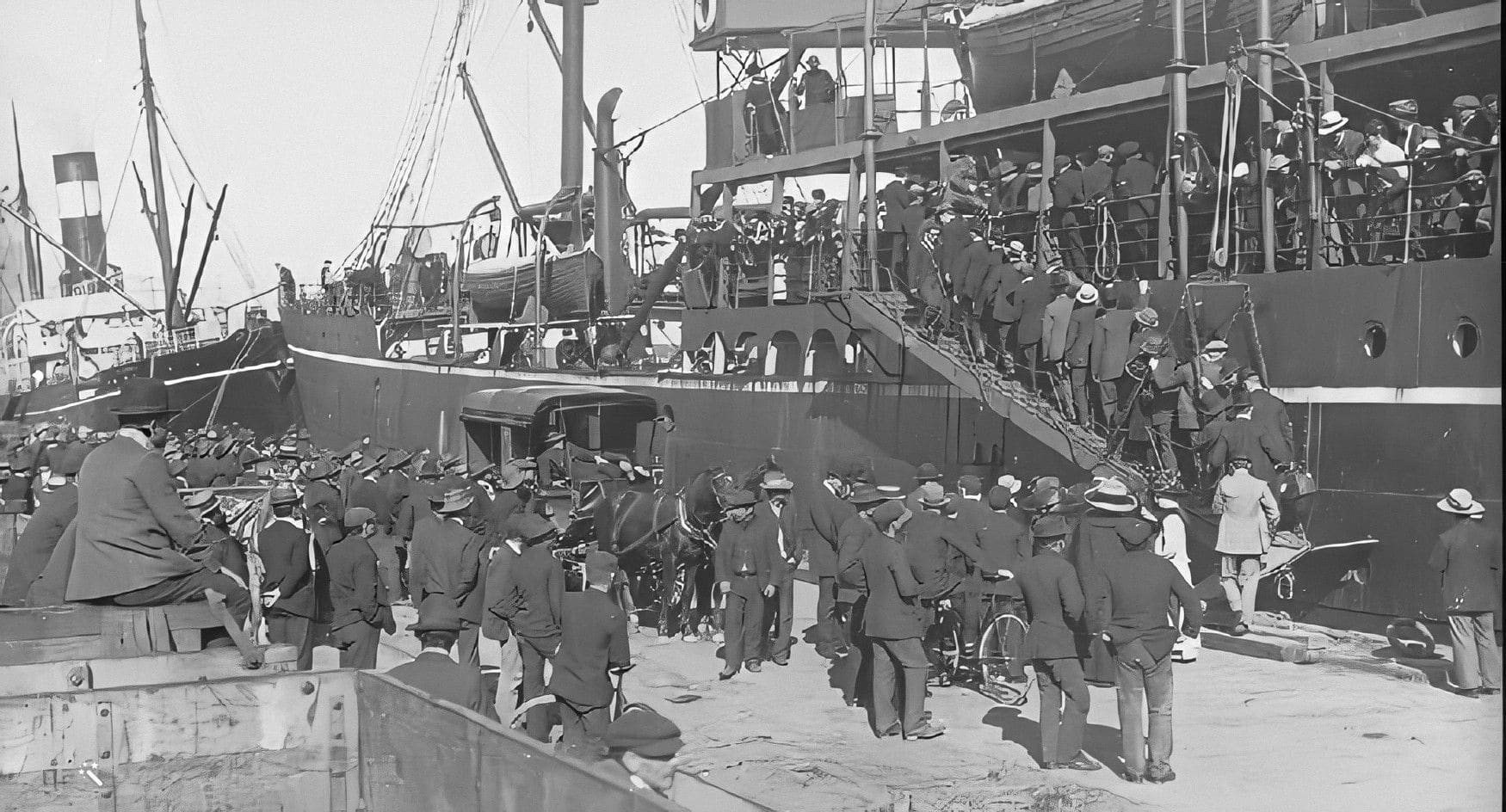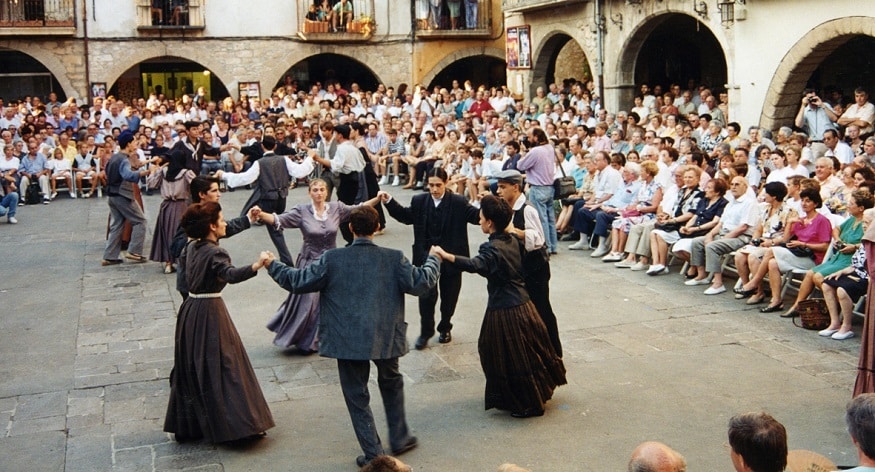Hello,
Some of my husband’s ancestors emigrated from Germany (the Baden-Württemberg area) to the area now known as Long Island, New York, USA in the mid-18th century. They were among the first settlers of several communities in New York State and New England. Some of their descendants left their homes following the American Revolution and settled in Upper Canada where they are known as United Empire Loyalists (UEL). These UEL ancestors then became some of the early settlers of what is now the Province of Ontario, Canada. The original German names often became anglised but I would like know more about the origins of their family names. The most common names found in the family are Kruessler (descendants now named Crysler), Selmzer (now Silmser), and Hüner (now Eamer).
Thank you for any information you can give me.


 This is a guest post by James M. Beidler, who authored The Family Tree German Genealogy Guide and Trace Your German Roots Online. He also writes the weekly newspaper column “Roots & Branches,” teaches for the online Family Tree University and edits Der Kurier, the journal of the Mid-Atlantic Germanic Society. Beidler has been a columnist for German Life magazine for more than ten years.
This is a guest post by James M. Beidler, who authored The Family Tree German Genealogy Guide and Trace Your German Roots Online. He also writes the weekly newspaper column “Roots & Branches,” teaches for the online Family Tree University and edits Der Kurier, the journal of the Mid-Atlantic Germanic Society. Beidler has been a columnist for German Life magazine for more than ten years.
It’s been said the names are a genealogist’s “stock in trade,” and the inventory of names has a definite “signature” when it comes to researching Germans.
As with many aspects of German genealogy, naming customs varied between the first wave of immigration to America (which lasted until the Revolutionary War) and the second wave (from 1800 to the First World War).
From the point at which church records begin (usually in the 1500s) through the end of the first wave, most German children were baptized with two given names. For boys, the first name was almost always Johann or Hans while, for girls, it was usually Anna or Maria. These common first names were often dropped in records created after baptism and the individual used his or her more distinctive middle name – in German, it’s dubbed the Rufname (literally meaning “call name”).
Exceptions to this were the male name Johannes, usually used as a single name, and the female double-name Anna Maria.
As far as the Rufnamen themselves, this differed a bit between Roman Catholics and Protestants in the German states. Catholics were supposed to limit children’s name to those of saints – even obscure ones such as St. Gudula, whose name became popular in some Rhineland parishes – while Protestants often used Old Testament names.It’s also worth noting that many records will not just clip off the “prefix name” of Johann, Hans, Anna or Maria, but will also show only a shortened form of the Rufname. And since this shortened form was often achieved by clipping off the first syllable of the name, these nicknames often are not intuitively linked to their original forms, for example: Stin for Christina, Trin for Katharina, Bastian for Sebastian and Klaus for Nicklaus (indeed, even Hans is a clipped form of Johannes).
Among the families of the first wave German immigrants to America, most continued to use the Rufnamen concept for those baptized in the early 1800s; however, as it slowly died out, watch out for men who might be baptized Johann Friedrich, who spent most of their lives identified as Friedrich or Frederick, but whose tombstone or estate papers use John F.
There was also a transformation in given names used by the Germans in Europe in the early 1800s. It became typical – first among Roman Catholics but then with Protestants – for infants to be baptized with three given names.
As in the earlier era, people typically used only one of the three names in later records and normal discourse. Unfortunately, there are no easy rules of thumb as to which of the three – or some combination of two of the three – the individual used.
Around the Civil War, it became fashionable in America to give children the mother’s maiden name as a middle name, and sometimes adults adopted this style and backdated to a middle name with which they had not been born.
Once the second wavers came to America, many times a clipped form of one of the given names would be used (think Mina or Minnie for Wilhelmina) but as the 19th century wore on, more names appeared in Anglicized forms in census, tax and vital records (William or Bill for Wilhelm, Margaret or Peg for Margaretha).
As for tying a naming pattern to birth order, this was strictly a local phenomenon in the German states. Names were typically reused when a child died, and there are instances when two surviving children were given the same name. This created the odd situation in which a parent’s identity might not be known even though grandparent’s name and identity are known.
Taking stock of the formulations used for German names will help you to sort out all the Johanns from the first wave as well as keeping an eye peeled for all possible combinations of the second wave given names.











Viv Rafley
November 11, 2016
Many articles talk of German migrants to America but where do you find German ancestors who went to Dublin Ireland in the 1800’s?